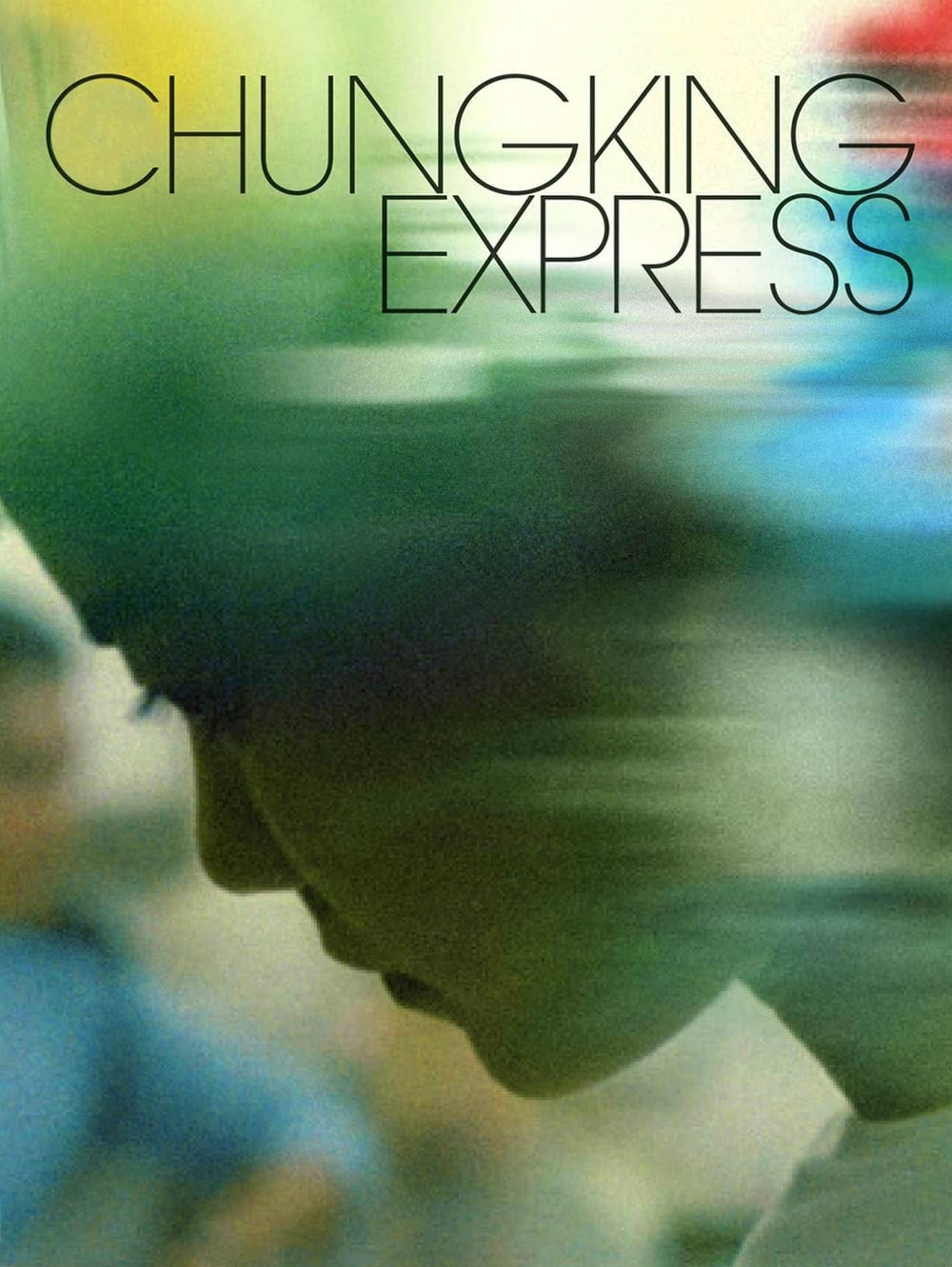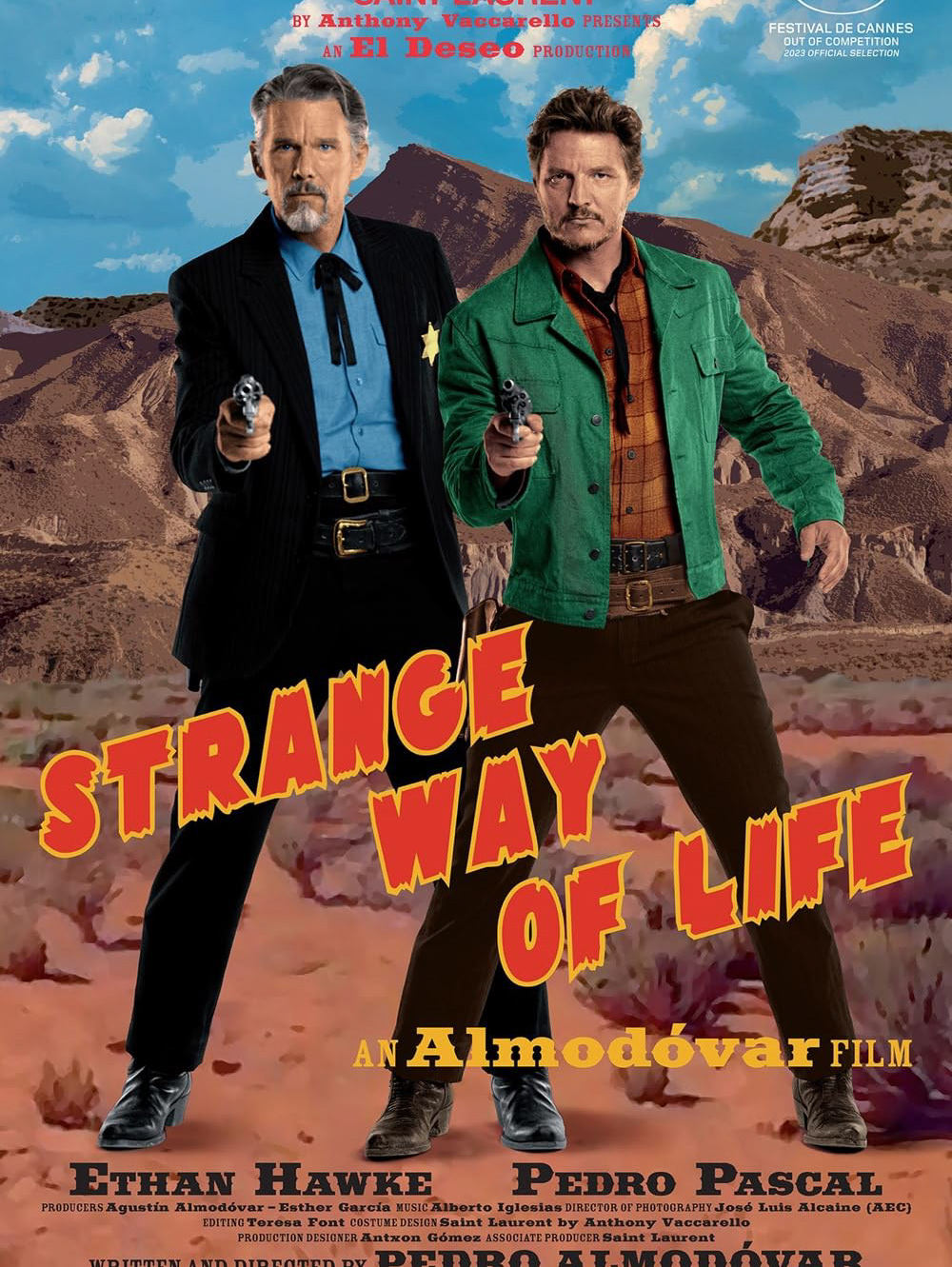Reminiscent of Fellini's 8 ½, Alejandro G. Iñárritu has crafted a seemingly semi-autobiographical surrealist film that is arguably the most impressive film of the year, and Iñárritu's career, in terms of visual splendour.
Our story follows the character of Silverio Gama (played by Daniel G. Cacho) as he returns to Mexico with his family. Iñárritu continues his impeccable use of long takes, this time with the help of cinematographer Darius Khondji. It is through this decision that you are able to let the dreamlike sequences wash over you, and you can experience them in real time with Silverio Gama.
The dreamlike sequences are not thrown into the story in a random fashion. Rather they are a part of the film because they are Silverio’s way of coping with his own existential crisis, and perhaps to an even stronger extent, his way of coping with the death of his son, Mateo, who died a day after his birth. Silverio is a dreamer, he sees the world differently to others and it stands to reason that the way he views these different traumatic experiences would be different too.
It is not an easy feat for an actor to carry an audience through such a film, but Cacho does so wonderfully, perfectly underplaying the surrealist elements of the film and bringing emotion when he comes into conflict with certain members of his family and a talk show host from his past.
However, while the pacing overall was well done, I do believe there are a couple of sequences that weren’t entirely necessary to the story. One, where he is with a documentary crew following Mexican migrants as they cross the U.S. Mexican border on foot, and the other a bizarre sequence with his father where the visual effects on display are less than impressive.
Our story follows the character of Silverio Gama (played by Daniel G. Cacho) as he returns to Mexico with his family. Iñárritu continues his impeccable use of long takes, this time with the help of cinematographer Darius Khondji. It is through this decision that you are able to let the dreamlike sequences wash over you, and you can experience them in real time with Silverio Gama.
The dreamlike sequences are not thrown into the story in a random fashion. Rather they are a part of the film because they are Silverio’s way of coping with his own existential crisis, and perhaps to an even stronger extent, his way of coping with the death of his son, Mateo, who died a day after his birth. Silverio is a dreamer, he sees the world differently to others and it stands to reason that the way he views these different traumatic experiences would be different too.
It is not an easy feat for an actor to carry an audience through such a film, but Cacho does so wonderfully, perfectly underplaying the surrealist elements of the film and bringing emotion when he comes into conflict with certain members of his family and a talk show host from his past.
However, while the pacing overall was well done, I do believe there are a couple of sequences that weren’t entirely necessary to the story. One, where he is with a documentary crew following Mexican migrants as they cross the U.S. Mexican border on foot, and the other a bizarre sequence with his father where the visual effects on display are less than impressive.






